Did you know?
… that something as simple as a water point placed in spaces for individual work can ease stress and improve time management? Or that colors and materials around us can influence focus and calmness?
In today’s evolving workplaces, diversity and inclusion go beyond policies. It’s about creating environments where every individual feels and functions at their best. One important yet often overlooked aspect of this is neurodiversity in the workplace, especially among adults with ADHD, autism, or other neurodivergent conditions.
The truth is that neurodivergent employees experience the world in a uniquely different way. Their heightened sensory sensitivity, ability to hyperfocus (under the right circumstances), perfectionism, and creativity are great strengths – but only if the workspace supports them.
According to the Neurodiversity Index (City & Guilds, 2023), around 1 in 7 people are considered neurodivergent, and up to 40% of them report being negatively impacted by their workplace environment. This means a significant number of employees process information, stimuli, and environment differently from neurotypical individuals.
In a productive meeting hosted by Studio Alliance and presented by Natalia Olszewska, our teams’ perspective shifted as we learned about the importance of neurodiversity in offices and how even small details can change the experience for a neurodiverse individual.
This blog will touch upon six important design details in offices and the spaces that can help manage and understand neurodivergent individuals better.
Understanding neurodivergent individuals: who are they?
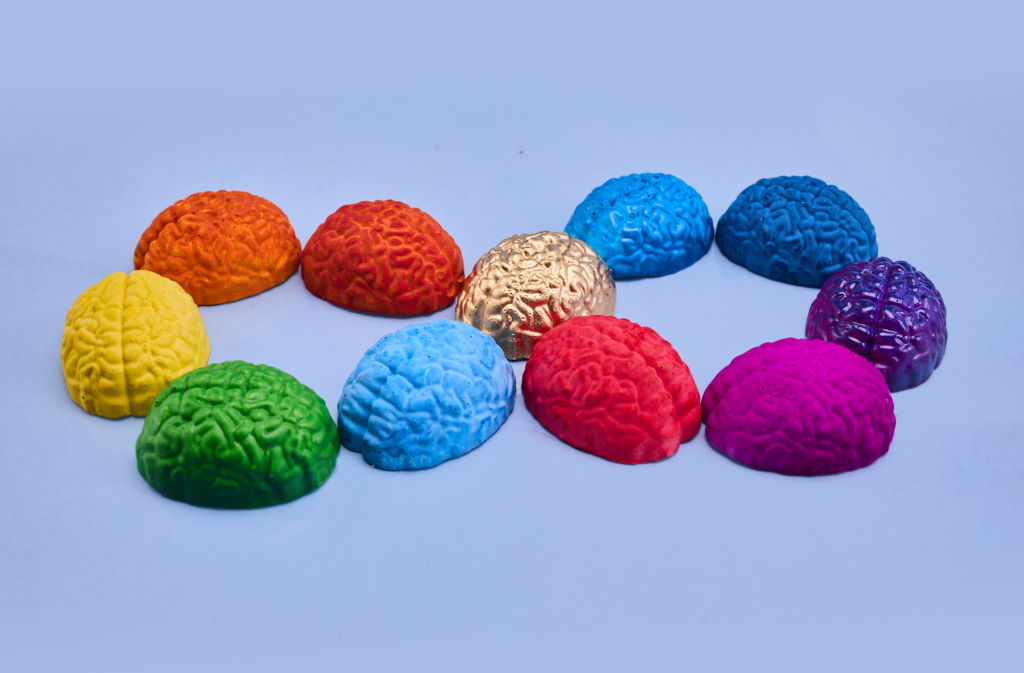
Neurodivergent individuals are those whose neurological development or functioning differs from what is considered typical. These differences can affect social interactions, attention, learning, or information processing. Recognizing these differences is crucial for creating environments that cater to their needs.
While each person is unique, neurodivergent groups broadly fall into three groups:
- ASD (Autism Spectrum Disorder) – Symptoms of adults with ASD typically involve social communication challenges and increased sensory sensitivity. They often thrive in distraction-free environments with small collaboration zones.
- ADHD (Attention Deficit Hyperactivity Disorder) – Employees with ADHD experience a wide range of symptoms in the workplace, typically hyperactivity, impulsivity, and difficulty focusing. They benefit from flexible space, movement, and varied focus areas.
- IPD (Information Processing Disorders) – Includes dyslexia, dyscalculia, and dysgraphia. Usually supported by clear layouts and reduced sensory overload.
1. Long-term booking

As mentioned above, neurodivergent employees face various challenges in the workplace, including unexpected changes and constant distractions.
Whether it’s for desks, private offices, or meeting spaces, the ability to reserve spaces for extended periods is essential. For individuals with autism, having a set routine provides a sense of predictability and security, reducing anxiety around the possibility of environmental changes. Individuals with ADHD, on the other hand, benefit from having a stable environment as it minimizes distractions and sustains their attention and concentration.
2. Water point
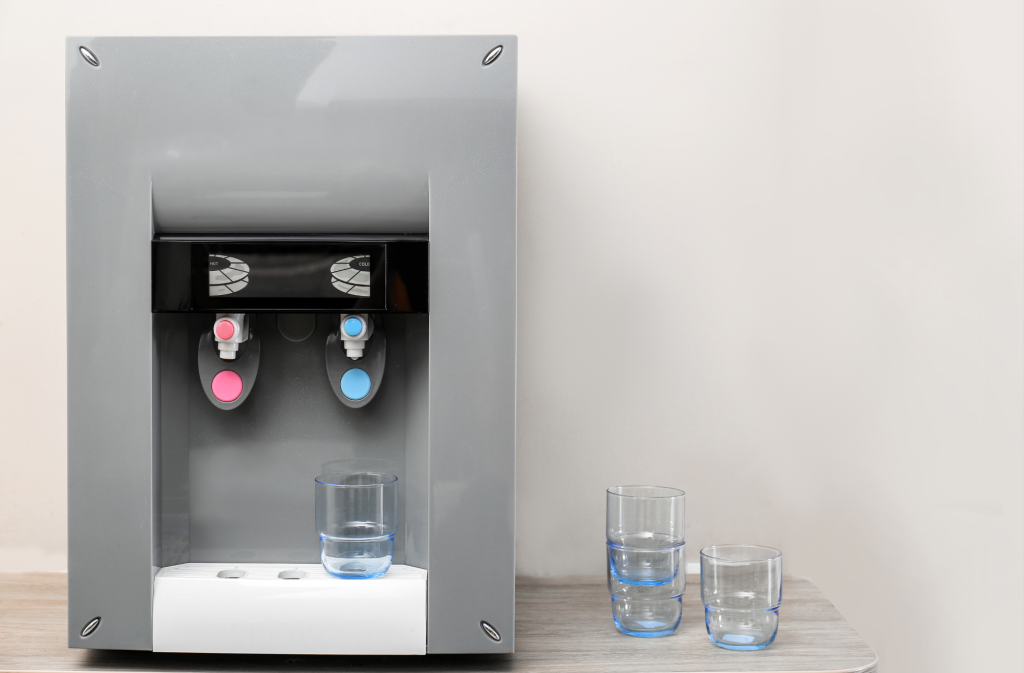
A simple water station can quickly turn into a social hub when several employees gather to fill their glasses at once. While it may seem like a lighthearted “mini-break” from work, it is a burden for employees with ASD. For them, visiting the water point in an open space can feel draining and time-consuming. On the other hand, for individuals with ADHD, it is quite the opposite – they thrive in social communication, and often seek it, which can sometimes act as a distraction point.
Placing water points in areas designated for individual work offers the right balance: it reduces social pressure for those who need quiet and acts as a tool to help those who get easily immersed in conversation, allowing them to focus on their tasks for longer periods of time.
3. Text-to-speech audio support

Simple and effective. Text-to-speech tools can transform the way people with IPD or ADHD process information.
By converting text into audio, they make it easier to absorb written content without cognitive overload.
4. Sideline seats

Typically, the focus when designing collaborative spaces is on modular, flexible furniture that encourages teamwork. But for employees with autism, personal space matters just as much, as sitting too close to others can lead to overstimulation and anxiety.
Incorporating sideline seats or “second rows” in communal work areas allows individuals to participate in meetings comfortably, respecting their need for distance while still fostering inclusion.
5. DO NOT ENTER sign
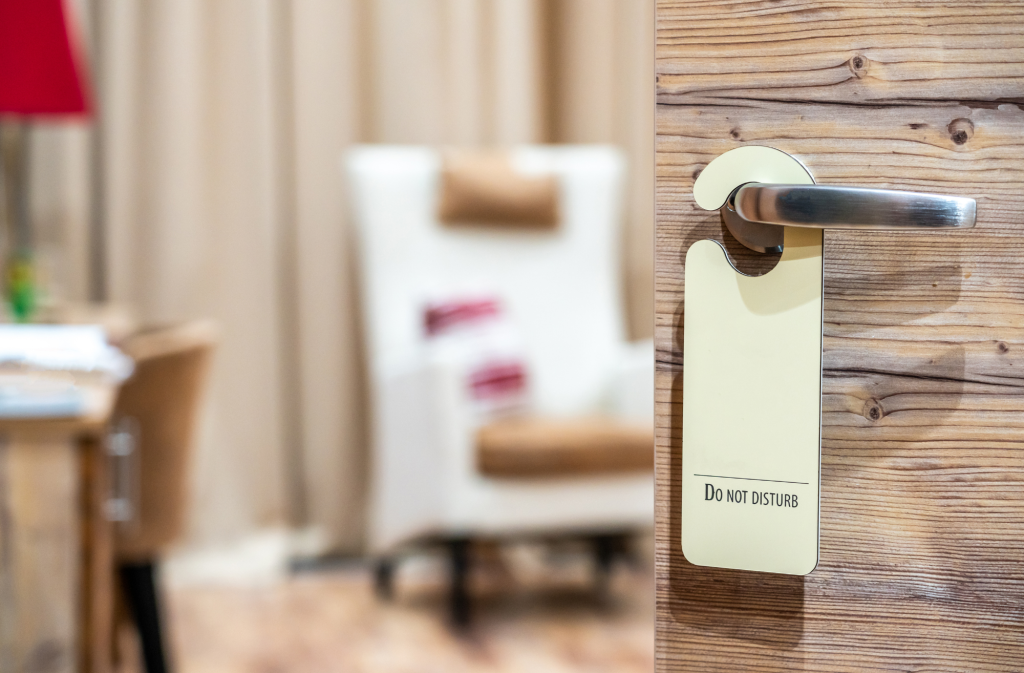
Ever spotted a “Do Not Enter” sign like this in an office? Probably not. And no, it’s not there to keep someone from walking in on a meeting. It’s meant for something far more meaningful: to mark sensory restoration zones.
For workers with autism, sensory overload can hit unexpectedly, often accompanied by feelings of shame. A simple sign on a door can make all the difference, offering a space to reset, without disturbance.
6. Patterns on the floor
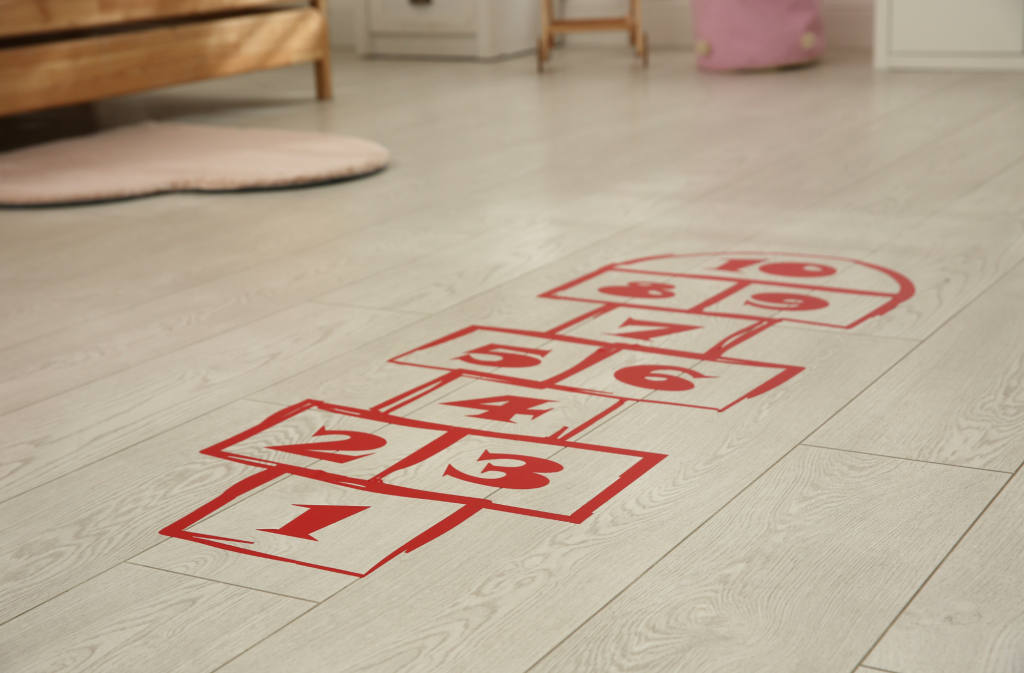
After the relaxation areas come the active restoration zones. These are ideal for employees with ADHD, who need to release built-up energy.
Playful patterns, such as mazes or hopscotch-style games, encourage movement and help reset the mind – and can even become team-building activities among colleagues.
Conclusion
When designing an office, people often focus on the essentials: private rooms, break areas, open space layouts, and modular furniture. But beyond these basics lies a deeper layer of design that truly shapes how neurodivergent individuals feel and function at work. Every detail, no matter how small, can make a meaningful difference when approached with care.
Take a closer look at your office: Which of these six small changes could make a significant difference for your team?

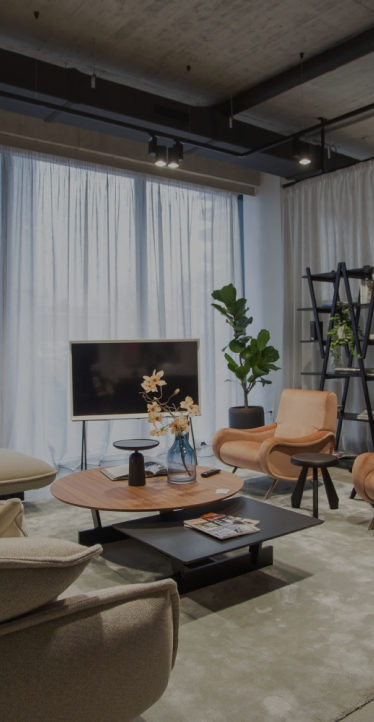
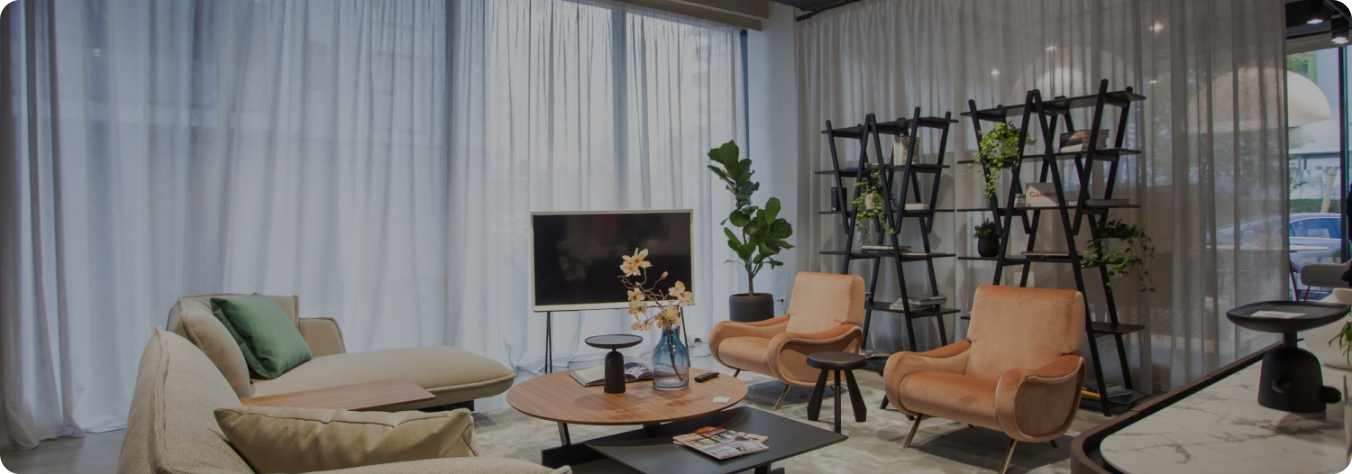
Share: